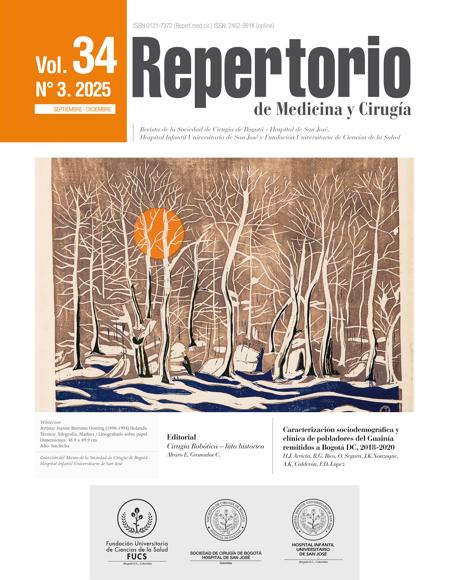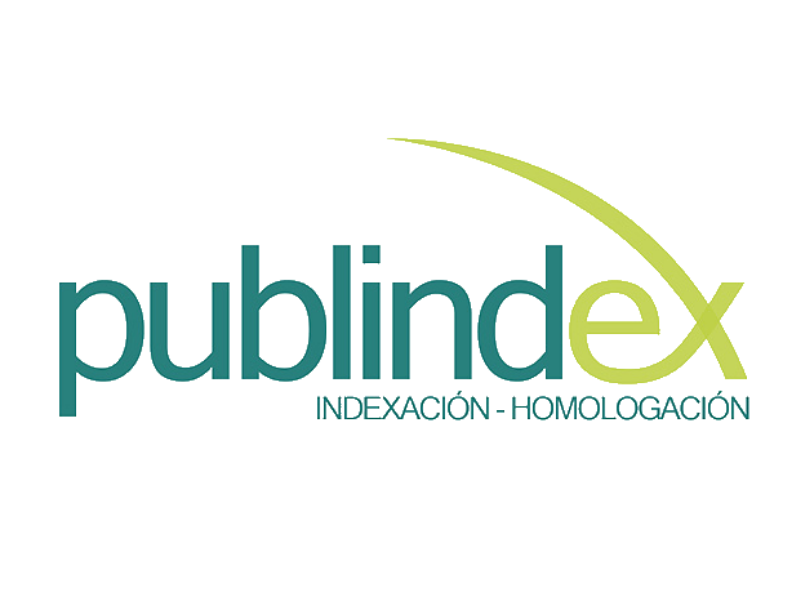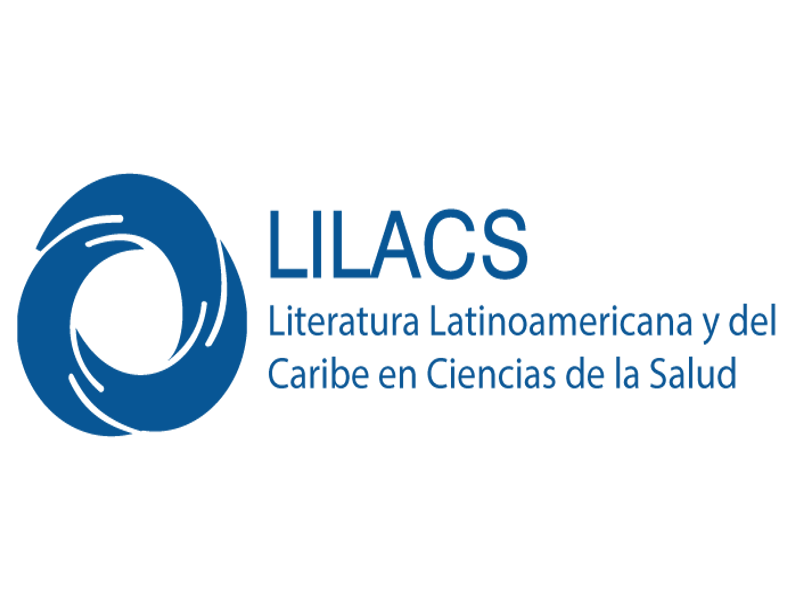Tcell/Natural Killer Cell Nasal Type Lymphoma (NNKTL)
Linfoma nasal de células T/Natural Killer (LNT/NK)
![]()
![]()

Show authors biography
Introduction: Tcell/natural killer cell nasal type lymphoma (NNKTL) is part of the post-thymic T-cell immunoproliferative lesions spectrum. It consists of a necrotic process that progressively destroys the nose, paranasal sinuses, palate, and other facial structures. Genetic factors have been described in its etiology. Diagnosis is based on clinical features supported by histopathological hematoxylin-eosin staining and immunohistochemistry. It is advisable to test for EBER (Epstein-Barr virus-encoded small RNAs) infection, for these two pathologies are associated. Treatment options vary depending on neoplasm classification. Clinical case: 58-year-old male patient who presented with a rapidly growing erythematous violaceous plaque on the nasal dorsum that evolved into an ulcer and destruction of the adjacent soft tissues. He was seen at the dermatology department, where taking a skin biopsy with a presumptive diagnosis of an extranodal NK cell/T cell lymphoma, nasal type, was considered. Conclusion: extranodal NK cell/T cell lymphoma, nasal type, is a rapidly progressive entity carrying significant organ involvement, hence early identification is of utmost importance to improve prognosis.
Article visits 530 | PDF visits 334
Downloads
- Humeres-Sigala C, Espinoza I, Lillo F, Baksai K, Araya C. Linfoma Extranodal de Células T/NK en Cavidad Oral. Reporte de un Caso en Chile. Int J Odontostomat. 2019;13(4):398-401. http://dx.doi.org/10.4067/S0718-381X2019000400398
- Sánchez-Romero C, Bologna-Molina R, Paes de Almeida O, Santos-Silva AR, Prado-Ribeiro AC, Brandão TB, et al. Extranodal NK/T cell lymphoma, nasal type: An updated overview. Crit Rev Oncol Hematol. 2021;159:103237. http://dx.doi.org/10.1016/j.critrevonc.2021.103237.
- Slootweg PJ, El-Naggar AK. World Health Organization 4th edition of head and neck tumor classification: insight into the consequential modifications. Virchows Arch Int J Pathol. 2018;472(3):311-313. http://dx.doi.org/10.1007/s00428-018-2320-6.
- Yamaguchi M, Suzuki R, Oguchi M. Advances in the treatment of extranodal NK/T-cell lymphoma, nasal type. Blood. 2018;131(23):2528-2540. http://dx.doi.org/10.1182/blood-2017-12-791418.
- Tito-Eusebio KD, Gil-Clares DC, Juárez-Pimentel AEY. Linfoma NK/T extranodal diagnosticado como celulitis orbitaria refractaria a tratamiento. Revista de la Sociedad Peruana de Medicina Interna. 2021;34(4):190–195. https://doi.org/10.36393/spmi.v34i4.637
- Reyes Hernández DL, Marquez Rancaño E, Fueste Jiménez C, Ramos Valdés JR. Granuloma letal de la línea media como diagnóstico diferencial de la vasculitis de Wegener. Presentación de una paciente. Acta Médica Cent. 2015;9(2):36-41.
- Tse E, Kwong YL. The diagnosis and management of NK/T-cell lymphomas. J Hematol Oncol. 2017;10(1):85. https://doi.org/10.1186/s13045-017-0452-9.
- Andreou A, Thermos G, Sklavounou-Andrikopoulou A. Extranodal NK/T Cell Lymphoma, Nasal Type with Palatal Involvement: A Rare Case Report and Literature Review. Head Neck Pathol. 2021;15(2):621-7. https://doi.org/10.1007/s12105-020-01182-8.
- Marques-Piubelli ML, Sales GTM, Clemente LC, Rosa LI, Savioli ML, Alvim RP, et al. Extranodal NK/T-cell lymphoma, nasal type with extensive cardiopulmonary involvement. Autops Case Rep. 2021;11:e2021246. https://doi.org/10.4322/acr.2021.246.
- Auerbach A, Aguilera N, Medeiros LJ Diagnostic Pathology. Spleen. Elsevier; 2022.
- Zheng Y, Hui-qiang H, Xiao-xiao W, Yan G, et al. A TNM Staging System for Nasal NK/T-Cell Lymphoma. PLOS ONE. 2015;10(6):e0130984. https://doi.org/doi:10.1371/journal.pone.0130984.
- van Doesum JA, Niezink AGH, Huls GA, Beijert M, Diepstra A, van Meerten T. Extranodal Natural Killer/T-cell Lymphoma, Nasal Type: Diagnosis and Treatment. HemaSphere. 2021;5(2):e523. https://doi.org/10.1097/HS9.0000000000000523.
- JLA Herrera Ariza, Villamor Rojas P. Linfoma de células T/Natural Killer extranodal, tipo nasalExtranodal Natural Killer /T-cell lymphoma, nasal type. Acta de otorrinolaringología & cirugía de cabeza y cuello. 2015; 43(3): 216-221. https://doi.org/10.37076/acorl.v43i3.31.
- Tse E, Zhao WL, Xiong J, Kwong YL. How we treat NK/T-cell lymphomas. J Hematol Oncol. 2022;15(1):74. https://doi.org/10.1186/s13045-022-01293-5.
- Allen PB, Lechowicz MJ. Management of NK/T-Cell Lymphoma, Nasal Type. J Oncol Pract. 2019;15(10):513-20. https://doi.org/10.1200/JOP.18.00719.
- Gama R, Sousa M, Castro F, Condé A. Nasal-type extranodal NK/T-cell lymphoma: a diagnostic challenge. BMJ Case Rep. 2021;14(1):e241500. https://doi.org/10.1136/bcr-2020-241500.












